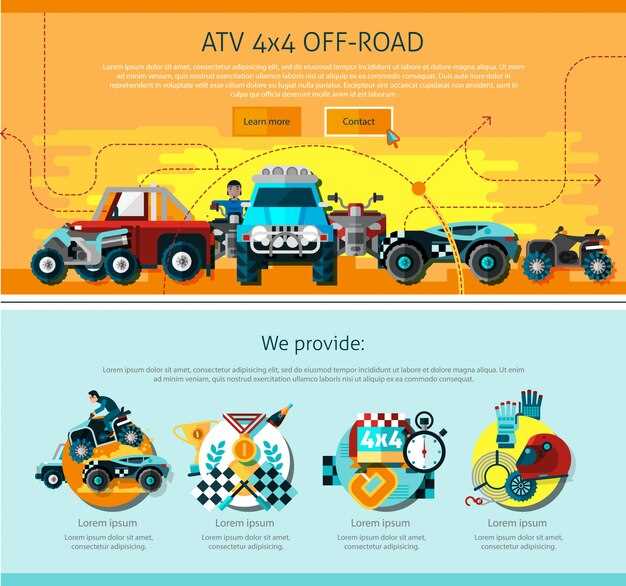All-wheel drive vs front-wheel drive


In the realm of automotive engineering, two popular drivetrain configurations stand out: All-Wheel Drive (AWD) and Front-Wheel Drive (FWD). Each system boasts distinct attributes that cater to varying driving needs and conditions. Understanding the fundamental differences between these systems is essential for consumers looking to make informed decisions about their vehicles.
All-Wheel Drive is engineered for optimal traction and stability, distributing power to all four wheels as needed. This configuration enhances performance in challenging situations, such as inclement weather or rugged terrains. The versatility of AWD systems makes them particularly appealing for those who frequently drive in diverse conditions, providing the confidence to tackle both city streets and off-road paths.
On the other hand, Front-Wheel Drive systems are designed to drive the front wheels exclusively, offering a simpler, more economical approach. FWD vehicles typically exhibit better fuel efficiency and lower manufacturing costs, making them a popular choice for everyday drivers. Their layout also contributes to a more compact design and improved interior space, appealing to urban commuters and families alike.
In this article, we will delve deeper into the advantages and drawbacks of both AWD and FWD systems, exploring how they perform in various scenarios. By examining aspects such as vehicle dynamics, fuel efficiency, and maintenance requirements, readers will gain a comprehensive understanding of which drivetrain configuration best suits their lifestyle.
Performance Differences: How FWD and AWD Handle Various Road Conditions

When comparing Front-Wheel Drive (FWD) and All-Wheel Drive (AWD) systems, understanding their performance across various road conditions is crucial for making an informed choice. Each drivetrain has distinct characteristics that impact traction, handling, and overall driving experience.
FWD vehicles excel on dry and well-maintained roads due to their weight distribution. The engine’s weight over the front wheels enhances grip, making acceleration and cornering more predictable. However, during adverse conditions such as rain or light snow, FWD may struggle with traction as the front tires are tasked with both steering and propelling the vehicle.
When the road surface is slick, FWD systems can experience wheel spin, leading to a loss of control. Despite this, modern FWD vehicles may incorporate electronic stability control which can help mitigate some of these challenges by applying brakes selectively to prevent skidding.
In contrast, AWD systems provide superior traction in a variety of conditions. By distributing power to all four wheels, AWD significantly improves performance on wet, icy, or uneven surfaces. The enhanced grip aids in maintaining stability during acceleration, making AWD vehicles more reliable during sudden weather changes.
On rough terrain, AWD can outperform FWD by intelligently distributing torque to the tires that have the most grip, thus ensuring better handling and control. This is especially important for off-road situations where obstacles and varying surfaces can easily challenge a vehicle’s capabilities.
While FWD might offer improved fuel efficiency due to its lighter weight and simpler design, AWD systems often involve added complexity and weight, which can decrease fuel economy. Nevertheless, for drivers prioritizing performance in a range of road conditions, AWD may provide the necessary reassurance and capability.
In summary, the choice between FWD and AWD will depend on personal driving needs and typical road conditions. FWD is often beneficial for everyday driving in mild climates, while AWD shines in diverse and challenging environments.
Cost Analysis: Comparing Maintenance and Fuel Efficiency of FWD vs. AWD
When assessing the financial implications of vehicle ownership, two critical aspects come into play: maintenance costs and fuel efficiency. The decision between Front-Wheel Drive (FWD) and All-Wheel Drive (AWD) systems can significantly impact both of these factors.
FWD vehicles generally have lower maintenance costs compared to their AWD counterparts. The simpler drivetrain layout of FWD systems results in fewer components, such as drive shafts and differential units. This simplicity often translates to reduced labor costs during repairs and less frequent need for service. Components in FWD systems are typically more robust and easier to access, leading to a potential decrease in both time and money spent on upkeep.
In contrast, AWD vehicles, while providing enhanced traction and stability, tend to have higher maintenance costs. The complexity of an AWD system, which includes additional axles and transfer cases, means that more parts are subject to wear and potential failure. Repairing or replacing these components can quickly add up, making regular maintenance a more significant expense for AWD owners.
Fuel efficiency is another crucial aspect to evaluate when comparing FWD and AWD vehicles. FWD systems are generally lighter and provide better fuel economy, especially in everyday driving conditions. The lightweight nature of FWD facilitates reduced energy consumption, allowing these vehicles to excel in urban settings and on highways.
AWD vehicles, while offering superior traction in challenging conditions, often suffer from decreased fuel efficiency. The added weight and complexity of the AWD system lead to higher fuel consumption, especially in scenarios that do not require all-wheel engagement. In most cases, drivers may find that the benefits of AWD do not significantly outweigh the increased fuel costs, particularly for those who primarily drive in favorable weather.
Ultimately, the choice between FWD and AWD depends on individual driving needs and conditions. For drivers prioritizing lower maintenance expenses and optimal fuel efficiency, FWD may be the superior option. However, those seeking enhanced performance in various terrains may find the investment in AWD worthwhile, despite the higher costs associated with maintenance and fuel consumption.
Driver Experience: Which System Offers Better Control and Comfort?

When it comes to the driving experience, both All-Wheel Drive (AWD) and Front-Wheel Drive (FWD) systems offer distinct advantages that cater to different preferences and driving conditions. Understanding how these systems influence control and comfort is essential for making an informed choice.
FWD systems primarily deliver power to the front wheels, which can enhance handling and stability during acceleration. This layout allows the vehicle’s weight to naturally transfer to the front, improving traction on slippery surfaces. Drivers often find that FWD vehicles provide a sense of predictability and responsiveness, especially in urban settings or during inclement weather.
In contrast, AWD systems distribute power to all four wheels, significantly enhancing traction. This feature becomes particularly beneficial in off-road conditions or during heavy rain and snow, where maintaining grip is crucial. The added stability from AWD can inspire confidence among drivers, especially when navigating sharp turns or encountering uneven terrain.
From a comfort perspective, FWD vehicles typically produce less noise and vibration, resulting in a smoother ride. Many drivers appreciate the quieter cabin environments offered by FWD cars during everyday driving. On the other hand, while AWD can provide superior control, it may include additional component complexity that can contribute to a slightly harsher ride quality.
Ultimately, the choice between FWD and AWD greatly depends on the individual’s driving habits and environmental conditions. FWD may be ideal for those who prioritize comfort and economical fuel consumption for city driving, while AWD is better suited for adventurous drivers facing diverse and challenging terrains. Each system has its merits, allowing drivers to tailor their experience to their unique preferences.



